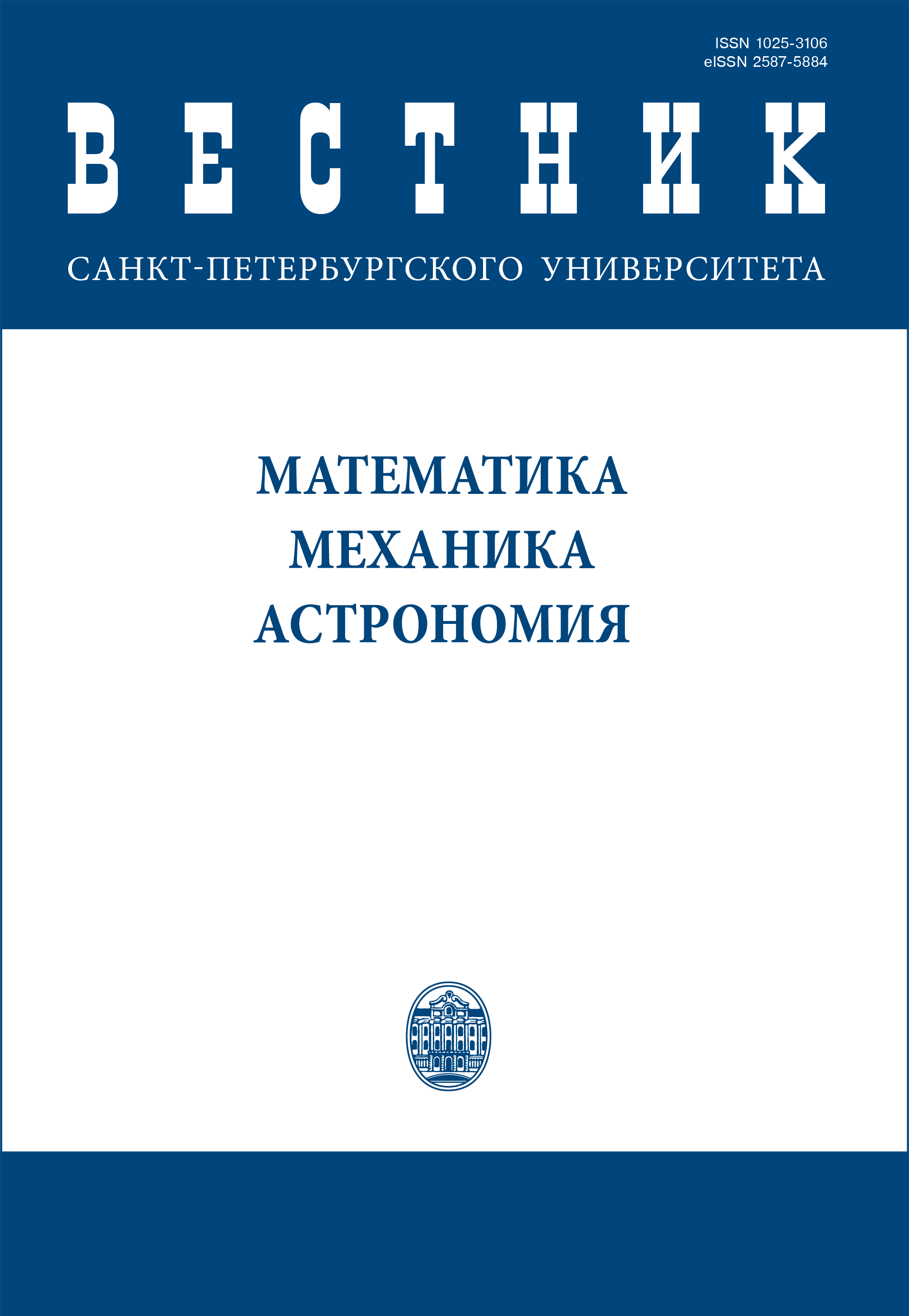Stationary reversibles processes MA and ARMA
DOI:
https://doi.org/10.21638/spbu01.2023.307Abstract
The term mathematical diagnostics was introduced by V. F. Demyanov in the early 2000s. The simplest problem of mathematical diagnostics is to determine the relative position of a certain point p and the convex hull C of a finite number of given points in n-dimensional Euclidean space. Of interest is the answer to the following questions: does the point p belong to the set C or not? If p does not belong to C, then what is the distance from p to C? In general problem of mathematical diagnostics two convex hulls are considered. The question is whether they have common points. If there are no common points, then it is required to find the distance between these hulls. From an algorithmic point of view, the problems of mathematical diagnostics are reduced to special problems of linear or quadratic programming, for the solution of which there are finite methods. However, when implementing this approach in the case of large data arrays, serious computational difficulties arise. Infinite but easily implemented methods come to the rescue, which allow obtaining an approximate solution with the required accuracy in a finite number of iterations. These methods include the MDM method. It was developed by Mitchell, Demyanov and Malozemov in 1971 for other purposes, but later found application in machine learning. From a modern point of view, the original version of the MDM method can be used to solve the simplest problems of mathematical diagnostics. This article gives a natural generalization of the MDM-method, oriented towards solving general problems of mathematical diagnostics. The equivalence of the general problem of mathematical diagnostics and the problem of linear separation of two finite sets with the largest width of the margin is established.Keywords:
stationary reversible processes MA, ARMA, estimation of process parameters
Downloads
References
Литература
References
Downloads
Published
How to Cite
Issue
Section
License
Articles of "Vestnik of Saint Petersburg University. Mathematics. Mechanics. Astronomy" are open access distributed under the terms of the License Agreement with Saint Petersburg State University, which permits to the authors unrestricted distribution and self-archiving free of charge.




